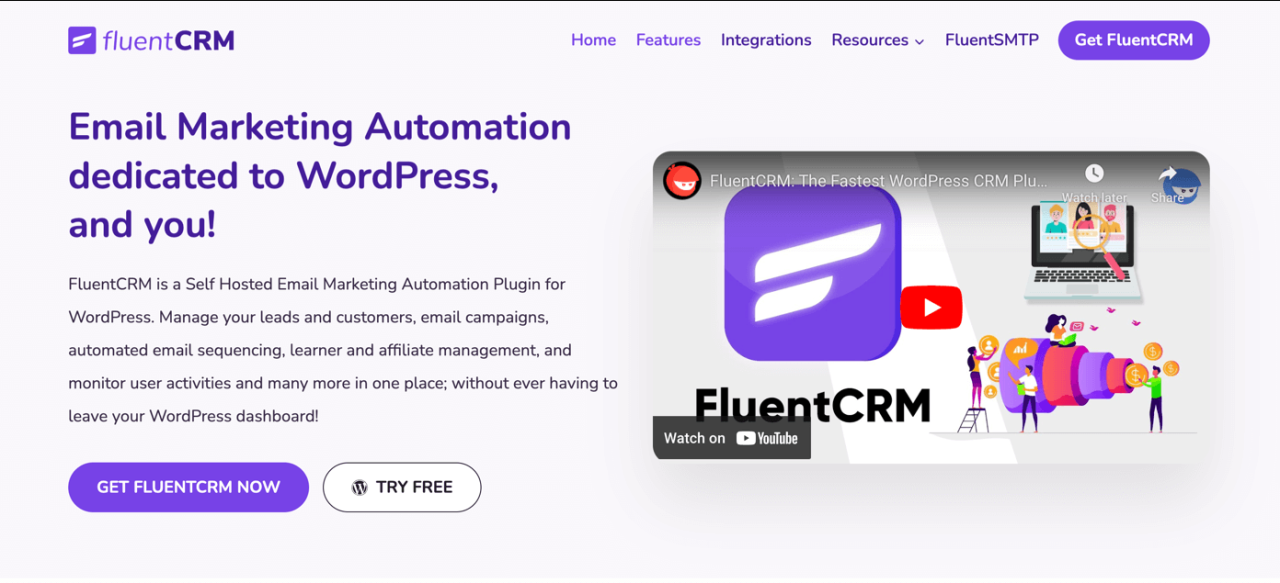Kicking off with How to Use Digital Tools to Increase Website Engagement, this guide will show you the power of digital tools in boosting website engagement, ultimately leading to business growth and success. Dive in and unlock the potential of your online presence!
Importance of Website Engagement
Website engagement is crucial for businesses as it plays a vital role in attracting, retaining, and converting customers. It refers to the level of interaction visitors have with a website and indicates how interested they are in the content and offerings.
Benefits of Increased Website Engagement, How to Use Digital Tools to Increase Website Engagement
Increased website engagement can benefit a company in various ways:
- Improved Conversion Rates: When visitors are engaged with the website, they are more likely to take desired actions such as making a purchase or signing up for a newsletter.
- Enhanced Brand Loyalty: Engaged visitors tend to develop a stronger connection with the brand, leading to repeat purchases and referrals.
- Higher Search Engine Rankings: Search engines like Google consider user engagement as a key factor in determining the ranking of a website.
- Valuable Customer Insights: By analyzing user engagement metrics, businesses can gain valuable insights into customer preferences, behaviors, and trends.
Relationship Between Website Engagement and Customer Retention
Website engagement is closely linked to customer retention as engaged customers are more likely to remain loyal to the brand and continue their relationship with the company. By creating a compelling and interactive online experience, businesses can strengthen customer relationships and encourage repeat business.
Understanding Digital Tools
In the digital age, there are various tools available to enhance website engagement and connect with your audience on a deeper level. These tools play a crucial role in driving user interaction and increasing overall website performance.
Unlock the potential of your email marketing campaigns with the help of digital tools. Discover how these tools can enhance your strategies and maximize your reach in the digital landscape. Learn more about it here.
Role of Social Media Platforms
Social media platforms have become powerful tools for enhancing website engagement. By leveraging platforms like Facebook, Instagram, Twitter, and LinkedIn, businesses can reach a wider audience, drive traffic to their website, and foster meaningful interactions with users. Social media allows for real-time communication, content sharing, and the opportunity to create a community around your brand.
Embrace the power of technology with the Top Digital Tools for Creating Engaging Presentations that will elevate your presentation game to the next level. These tools will help you captivate your audience and deliver your message with impact and creativity.
Engaging with your audience on social media can lead to increased website visits, improved brand awareness, and higher conversion rates.
Impact of Email Marketing
Email marketing continues to be a valuable tool for driving user engagement and building relationships with your audience. By sending personalized and targeted emails, businesses can deliver relevant content, promotions, and updates directly to their subscribers’ inboxes. Email marketing allows for direct communication with users, nurturing leads, and encouraging them to visit your website for more information or to make a purchase.
Attention small business owners! Explore the Top Digital Tools for Small Business Owners that can streamline your operations, boost productivity, and help you succeed in the competitive market. Take advantage of these tools to grow your business efficiently.
With the right email strategy, businesses can see increased website traffic, higher engagement rates, and ultimately, improved conversions.
Optimizing Website Design
When it comes to increasing website engagement, optimizing your website design is crucial. A user-friendly layout, responsive design, and captivating visual elements can make a significant difference in how users interact with your site.
Designing a User-Friendly Website Layout
Creating a user-friendly website layout involves organizing content in a logical and intuitive manner. Here are some tips to improve engagement:
- Keep navigation simple and easy to use, ensuring visitors can find what they’re looking for quickly.
- Use clear call-to-action buttons to guide users towards desired actions, such as signing up for a newsletter or making a purchase.
- Ensure that the layout is clean and clutter-free, with ample white space to enhance readability and visual appeal.
Importance of Responsive Design
Responsive design is essential for enhancing user experience across different devices, such as desktops, laptops, tablets, and smartphones. Here’s why it’s important:
- Responsive design ensures that your website looks and functions well on all devices, improving accessibility for users.
- Google prioritizes mobile-friendly websites in search results, boosting your site’s visibility and reach.
- By providing a seamless experience across devices, responsive design can increase user engagement and reduce bounce rates.
Role of Visual Elements
Visual elements like images and videos play a crucial role in capturing user interest and conveying information effectively. Here’s how they can enhance engagement:
- High-quality images can create a strong first impression and draw users into your content.
- Videos can engage users more effectively than text alone, providing a dynamic and interactive experience.
- Visual elements break up text and make the content more visually appealing, keeping users engaged and interested.
Implementing Call-to-Actions

Creating effective call-to-action buttons is crucial for increasing website engagement. These buttons should be visually appealing, concise, and action-oriented to prompt users to take the desired action. Here are some strategies for creating compelling call-to-action buttons:
Effective Strategies for Call-to-Actions
- Use strong action verbs: Words like “Buy Now,” “Sign Up,” “Learn More,” encourage immediate action.
- Create a sense of urgency: Including phrases like “Limited Time Offer” or “Act Now” can motivate users to act quickly.
- Keep it simple: Avoid using too many words or complicated sentences. Make sure the message is clear and concise.
Placing call-to-action elements strategically on a website is essential for maximum impact. These elements should be prominently displayed on the homepage, product pages, and other high-traffic areas. Here are some tips for optimal placement:
Placement of Call-to-Action Elements
- Above the fold: Positioning the call-to-action above the fold ensures that it is visible without the need to scroll.
- At the end of blog posts: Encouraging readers to take action after consuming valuable content can lead to higher conversion rates.
- In the header or footer: Including a call-to-action in the header or footer of your website ensures that it is present on every page.
Successful call-to-action campaigns can significantly boost website engagement. Here are some examples of brands that have implemented effective call-to-action strategies:
Successful Call-to-Action Campaigns
- Amazon: Their “Add to Cart” button is a simple yet powerful call-to-action that has contributed to their high conversion rates.
- HubSpot: HubSpot’s “Get Started” button on their homepage effectively prompts users to sign up for their services.
- Squarespace: Squarespace’s “Start Your Free Trial” call-to-action encourages visitors to take the first step towards building a website.
Leveraging Analytics
Utilizing web analytics tools is crucial for tracking user behavior on your website. By analyzing data such as page views, bounce rates, and user demographics, you can gain valuable insights into how visitors interact with your site.
Interpreting Analytics Data
- Identify popular pages: Look at which pages receive the most traffic and engagement to understand what content resonates with your audience.
- Monitor bounce rates: High bounce rates may indicate a disconnect between visitor expectations and website content, prompting the need for improvements.
- Track conversion rates: Analyze how many visitors take desired actions on your site, such as making a purchase or signing up for a newsletter, to measure the effectiveness of your calls-to-action.
- Study user demographics: Understanding the demographics of your audience can help tailor your content and marketing strategies to better appeal to their preferences.
Role of A/B Testing
- Testing website elements: A/B testing involves creating two versions of a web page with slight variations and measuring which version performs better in terms of engagement metrics.
- Optimizing user experience: By testing different layouts, colors, fonts, and calls-to-action, you can identify the most effective design elements that drive user engagement.
- Iterative improvements: Continuously running A/B tests allows you to refine your website over time based on data-driven insights, leading to increased engagement and conversions.
Last Point: How To Use Digital Tools To Increase Website Engagement

In conclusion, leveraging digital tools to increase website engagement is a game-changer for businesses looking to connect with their audience effectively. By implementing the strategies discussed, you can take your online presence to new heights and drive success. Start implementing these tools today and watch your engagement soar!



